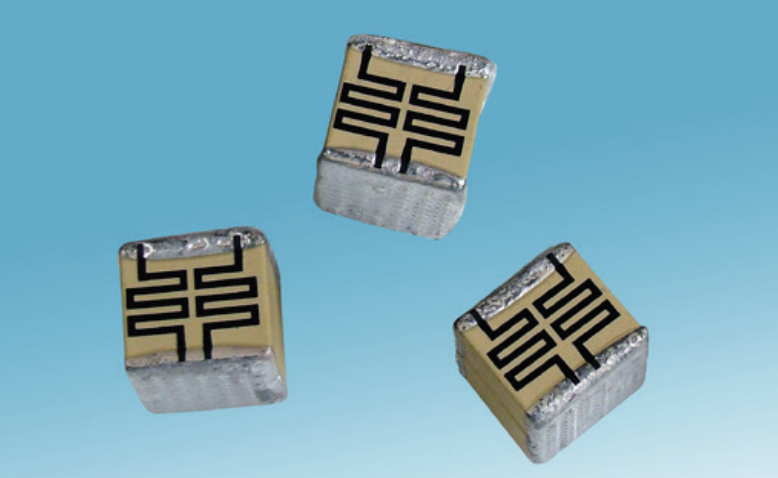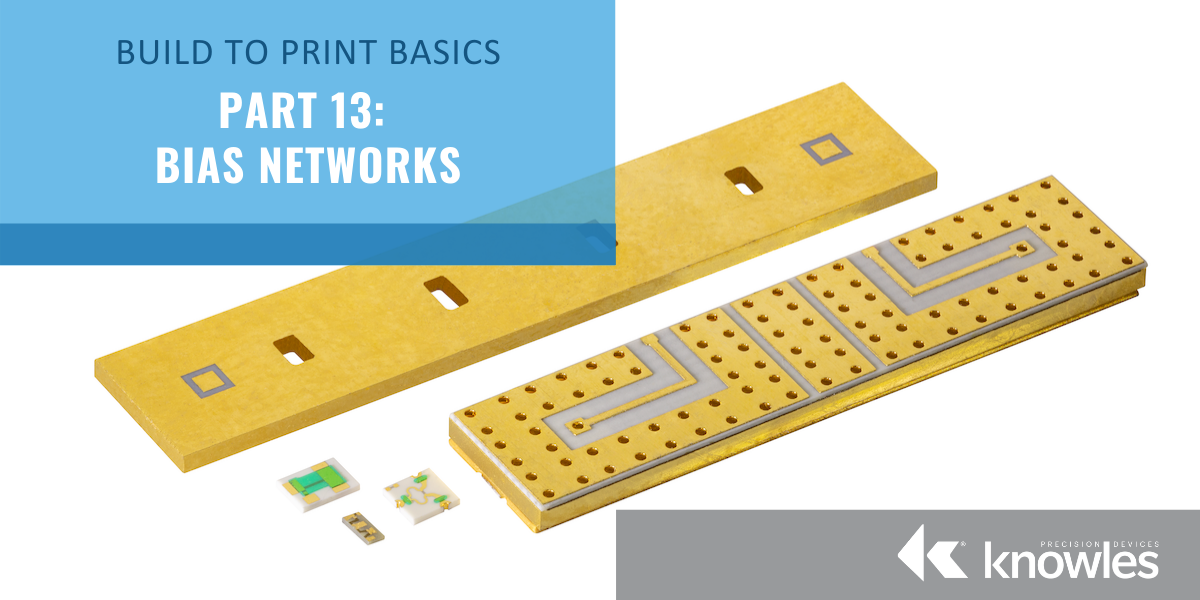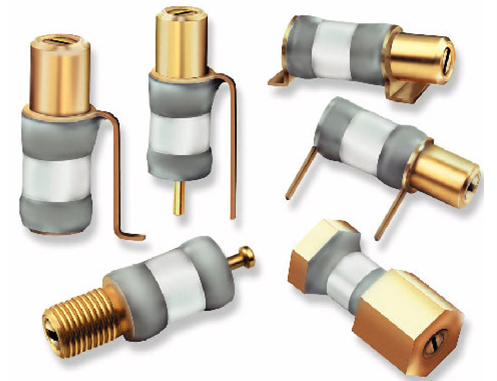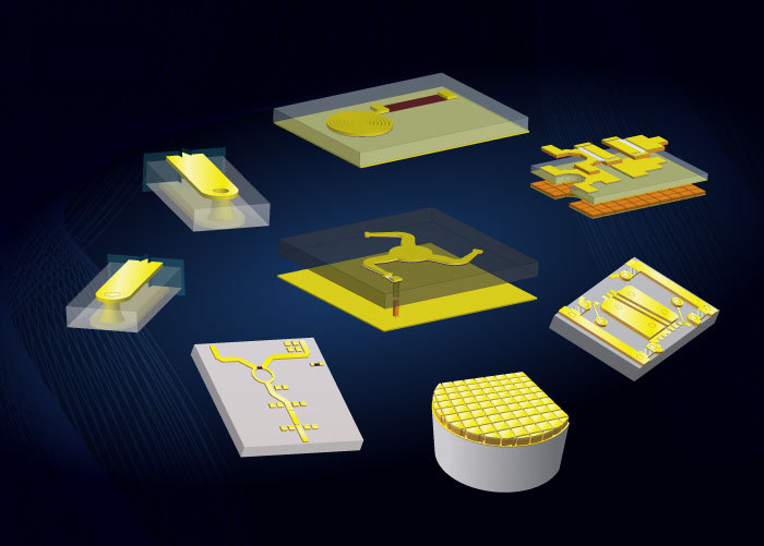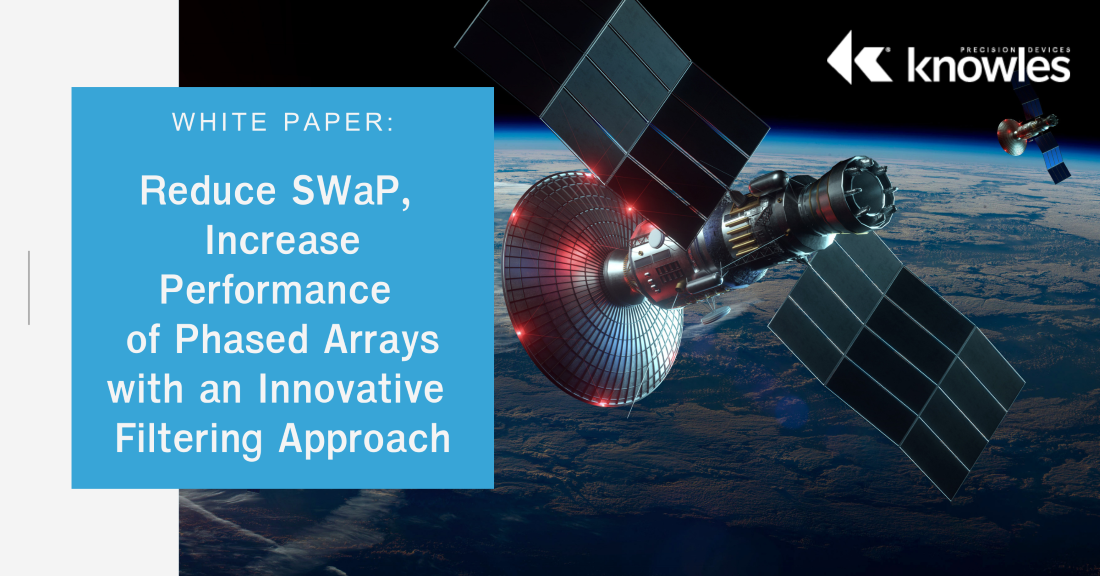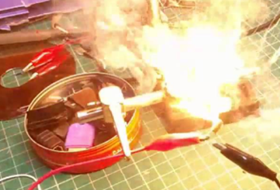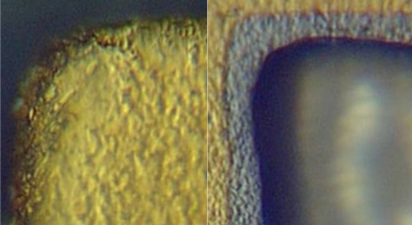Today, electronic warfare applications need to detect a wide variety of signals ranging from UHF communications to GPS and other data signals in the L band to high-frequency radar signals that can fall in the X, S, or K bands. Therefore, these receivers need to operate across an extremely wide range of bandwidths to pick up and understand signals anywhere from 300MHz to 20GHz and beyond. However, a basic general wideband antenna isn’t sufficient for these applications because selectivity is needed to determine what you are actually listening to. Additionally, as if the task of designing an ultra-wideband receiver with selectivity wasn’t challenging enough, RF designers are simultaneously facing pressure to reduce the size, weight, and power (SWaP) of these applications as well.
Webinar: Addressing Filtering Challenges in Digital Broadband Receivers for Electronic Warfare Applications
Topics: RF and Microwave, Military and Aerospace, Filtering
Explosives are dangerous by design. For applications involving detonation, like munition and down-hole exploration, explosives should be built to avoid unintentional or premature detonation caused by any rise in temperature or shock. These applications require a number of specialty components including capacitors that discharge high energy at temperatures up to 200°C.
Topics: Military and Aerospace
To provide a better understanding of build-to-print in general and the breadth of our offerings, as well as how our thin-film technology can benefit your applications, we’ve put together a Build-to-Print Basics series. In part 13 we provide an overview of how we use our build-to-print process and thin-film expertise to develop bias networks that support the functionality of active microwave components while also minimizing the space needed in a circuit for certain components and simplifying circuit assembly.
Topics: Build to Print
Your Quick Guide to Trimmer Capacitor Selection – Part 2
In part 1 of this two-part guide, we talked about the trade-offs you need to make when selecting the type of capacitor that will be the best fit for your application and the basics of trimmer capacitor design including dielectric material options. This second post focuses more on the details of trimmer capacitor specs and how to determine what's right for your application.
Your Quick Guide to Trimmer Capacitor Selection – Part 1
As you already know, capacitors are essential circuit elements for storing and suppling charge on demand. For inductors and resistors, capacitors act as the building blocks of passive circuits and the supporting components for active circuits. While a wide range of fixed-value capacitors are used in most electrical circuits, it is sometimes preferable, or necessary, to use a component with a variable capacitance range.
Topics: Capacitor
Build-to-Print Basics Part 12: Custom Microwave Components
To provide a better understanding of build-to-print in general and the breadth of our offerings, as well as how our thin-film technology can benefit your applications, we’ve put together a Build-to-Print Basics series. In part 12, we tie everything we’ve discussed so far together and provide more specifics about how we use the processes and options detailed throughout this series to create the custom microwave components you need.
Topics: RF and Microwave, Build to Print
As the RF spectrum becomes more crowded and the number of bandwidth battles grows each year, RF designers are looking for innovative designs that minimize interference while also increasing signal transmission power. Since phased arrays can efficiently maximize gain and signal directivity and minimize interference for both Tx and Rx, adoption of this architecture by RF designers is growing. This means RF designers are also on a quest for phased array filtering options that can help meet the size, weight, and power (SWaP) needs and performance demands required by today’s RF applications. As a result, our engineers have spent a significant amount of time working on an innovative approach that can meet this seemingly impossible combination of requirements.
Topics: 5G, RF and Microwave, Military and Aerospace, Filtering
Should I Use a Tantalum or Class II MLC Capacitor in My Circuit?
Today, a wide variety of capacitors with a range of features are available, which can make it difficult for circuit designers and electrical engineers to determine the best fit for their application. To add to the confusion, there is somewhat of a misconception today that some capacitors, such as tantalum and Class II MLCCs, are interchangeable. But this is not always the case. Each capacitor type has distinct advantages and disadvantages that are important to understand to ensure you choose the right technology to best meet the needs of your specific application requirements. This post provides a brief overview of these two capacitor types as well as a variety of factors to consider when making your capacitor selection.
Topics: Capacitor
Introducing the Highest Voltage, Smallest Footprint SLC on the Market – The V80 Bypass Capacitor
As RF and microwave systems require higher performance in a small footprint, designers and engineers need to get more out of every component, including capacitors. To meet these demands, Knowles Precision Devices has expanded its line of single-layer vertical electrode (V Series) capacitors to include the 100nF V80 Bypass Capacitor. The V80 is a revolutionary development for capacitors as it is the first SLC to feature an operating voltage of 50V in .084” x .042” package. The closest competitor product at this size is only rated for 16V.
Topics: Capacitor
Build-to-Print Basics Part 11: Ensuring Reliable Connections with Supported Bridges and Solder Dams
To provide a better understanding of build-to-print in general and the breadth of our offerings, as well as how our thin-film technology can benefit your applications, we’ve put together a Build-to-Print Basics series. Part 11 covers how we work with solder, solder masks, and supported bridges in the thin-film components we design and develop.
You can have a beautifully designed circuit, but if you can’t reliably connect the various components within the circuit, your beautiful design is negated. Let’s look at some of the materials and techniques Knowles Precision Devices uses for soldering and bridging, and how we handle these techniques as circuit complexity increases.
Topics: Build to Print


